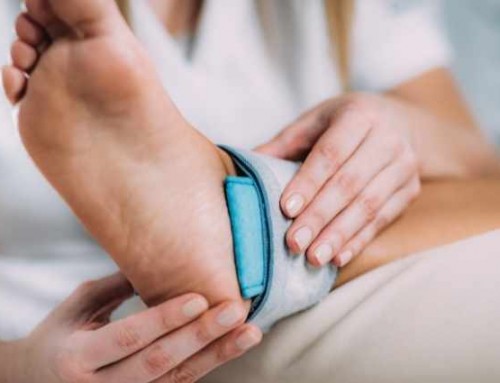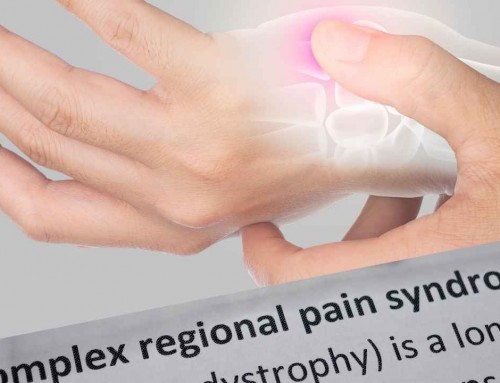By Arthur Wayne Baker Jr., SPT
What is “tennis elbow” aka lateral epicondylitis?
Lateral epicondylitis commonly referred to as tennis elbow is the most common orthopedic elbow tissue injury. It often causes limitations in function and can keep individuals sidelined from participation in the activities they enjoy. The injury is swelling to the tendons responsible for controlling the movements of the wrist and hand that bend the wrist backwards away from your palm. This is an overuse injury and a result of excessive repetitive movements of these muscles.
Who is most likely to have tennis elbow?
Tennis elbow is most common in both men and women between the ages of 30-50 years who participate in activities that place more stress on the forearm muscles to the outside of the elbow. Activities including racquet sports such as tennis and pickleball are common culprits in aggravating these muscles and where they attach to the elbow given the prolonged gripping required in these sports. The repetitive nature of tennis/pickleball increase the strain on the tendon and can be exacerbated in players with improper form or weakness in the shoulder. It is also often seen in occupations that require manual labor given the sustained use of their hands.
What are the symptoms of tennis elbow?
- Pain, burning or aching located on the outer part of elbow
May travel to the wrist/hand and may get worse at night - Pain twisting or bending your arm
“opening a jar” - Stiffness or pain when extending the arm
- Swollen elbow that is tender to touch
- Weakness to grip
ie. Holding a racquet, hammer, pen or someones hand
How is tennis elbow diagnosed?
The healthcare provider will perform a physical exam to check for pain, swelling and stiffness. The provider will ask questions about the activities you participate in and what activities increase pain. To make a diagnosis one or more of the following tests may be included:
- X-ray to rule out any broken bones or arthritis
- Imaging tests: Ultrasound, MRI, or CT to assess the tendon and muscle
- Electromyography (EMG): checks for compression of nerves and nerve
activity
How can you prevent tennis elbow?
- Do not push through pain! Pushing through pain without supervision from a qualified medical provider can lead to further damage.
- Check equipment for proper fit and adjust equipment such as grip size to reduce stress on the forearm.
- Lift weights to strengthen the forearm and wrist muscles
- Stretch prior to activity! Stretching the wrists and arms help relieve tightness and potential symptoms
- *If needed ask your physical therapist for an elbow brace to keep symptoms from worsening and reduce the stress on the area
- See your physical therapist for information and treatment to reduce the risk of developing tennis elbow
Citations:
Day JM, Lucado AM, Uhl TL. A comprehensive rehabilitation program for treating lateral elbow tendinopathy. Int J Sports Phys Ther. 2019; 14(5):818-829. doi:10.26603/ijspt20190818
Lateral epicondylitis (tennis elbow). Hopkinsmedicine.org. Published August 8, 2021. Accessed May 31, 2023.
https://www.hopkinsmedicine.org/health/conditions-and-diseases/lateral-epicondylitis-tennis-elbow
Greiner N. Pickleball: Injury considerations in an increasingly popular sport.
Mo Med. 2019;116(6):488-491.
Tennis Elbow: What it is, Causes, Symptoms & Treatment. Cleveland Clinic.
Accessed May 31, 2023. https://my.clevelandclinic.org/health/diseases/7049-tennis-elbow-lateral-epicondylitis
When you need a PT diagnosis, treatment and prevention for pickleball or tennis elbow in Queensbury, Malta or Saratoga Springs NY, physical therapy services at Capital Area Physical Therapy & Wellness are the ideal solution to help you live a pain-free, active life. Contact us at one of our physical therapy clinics at 518-289-5242 to learn more or schedule an appointment!






